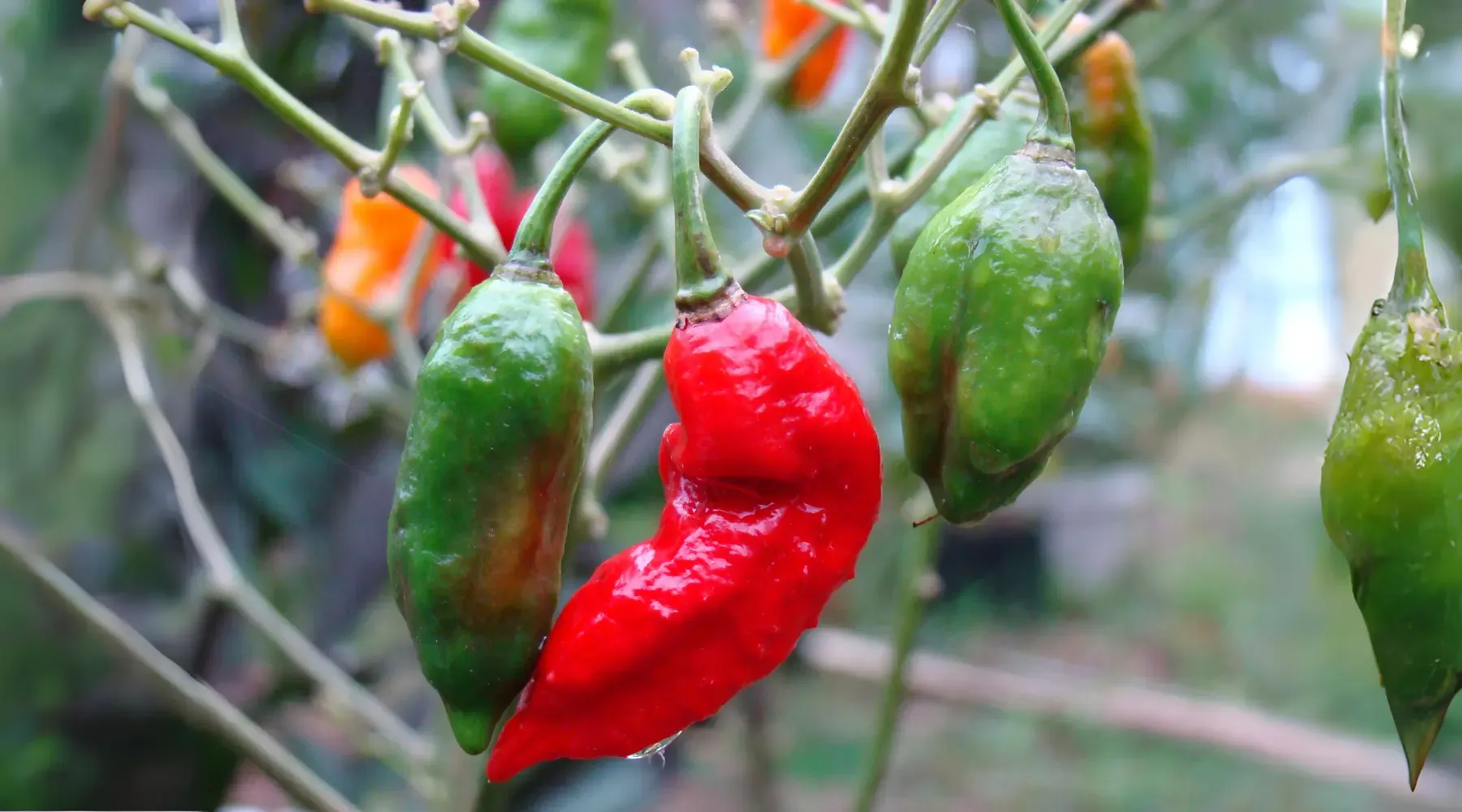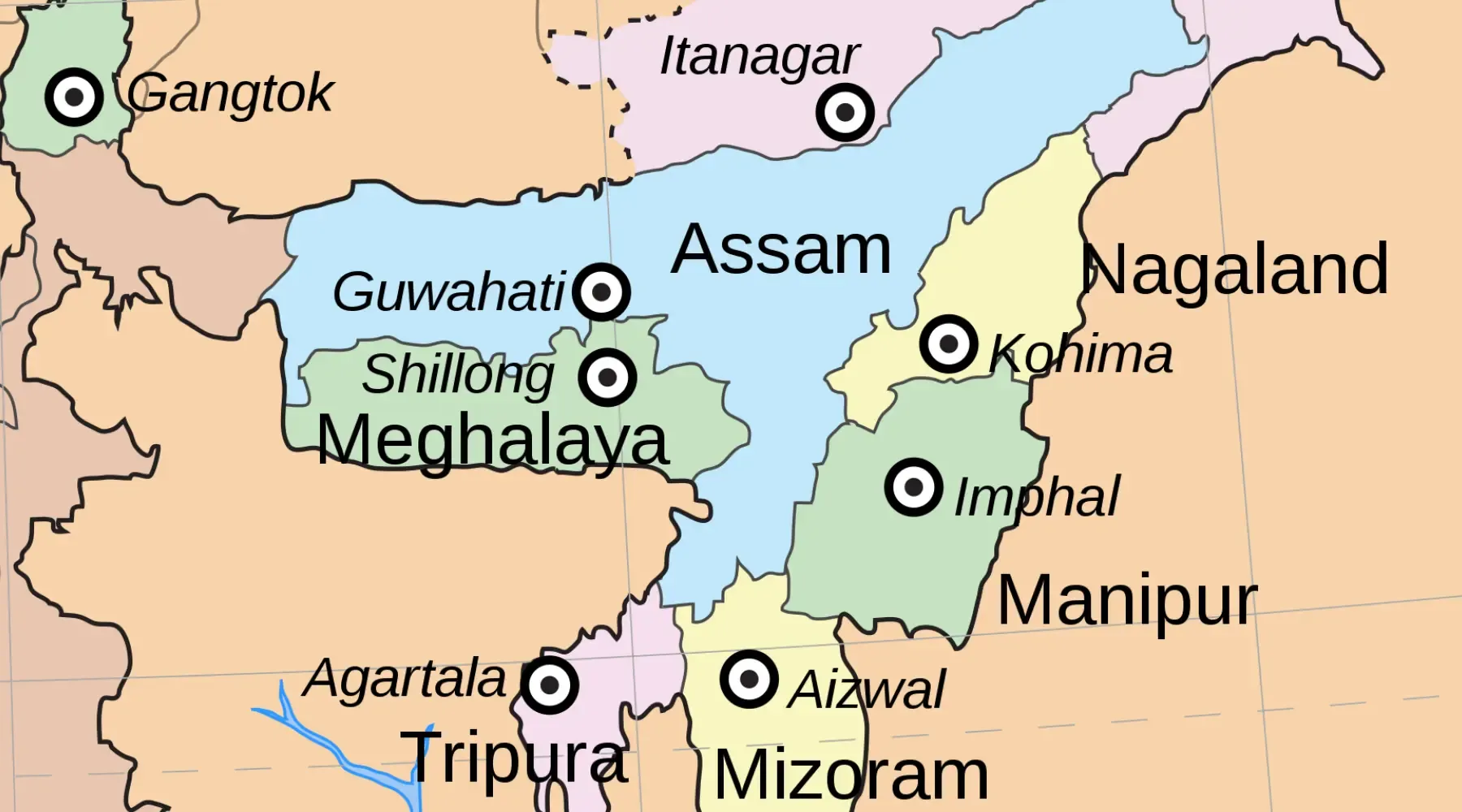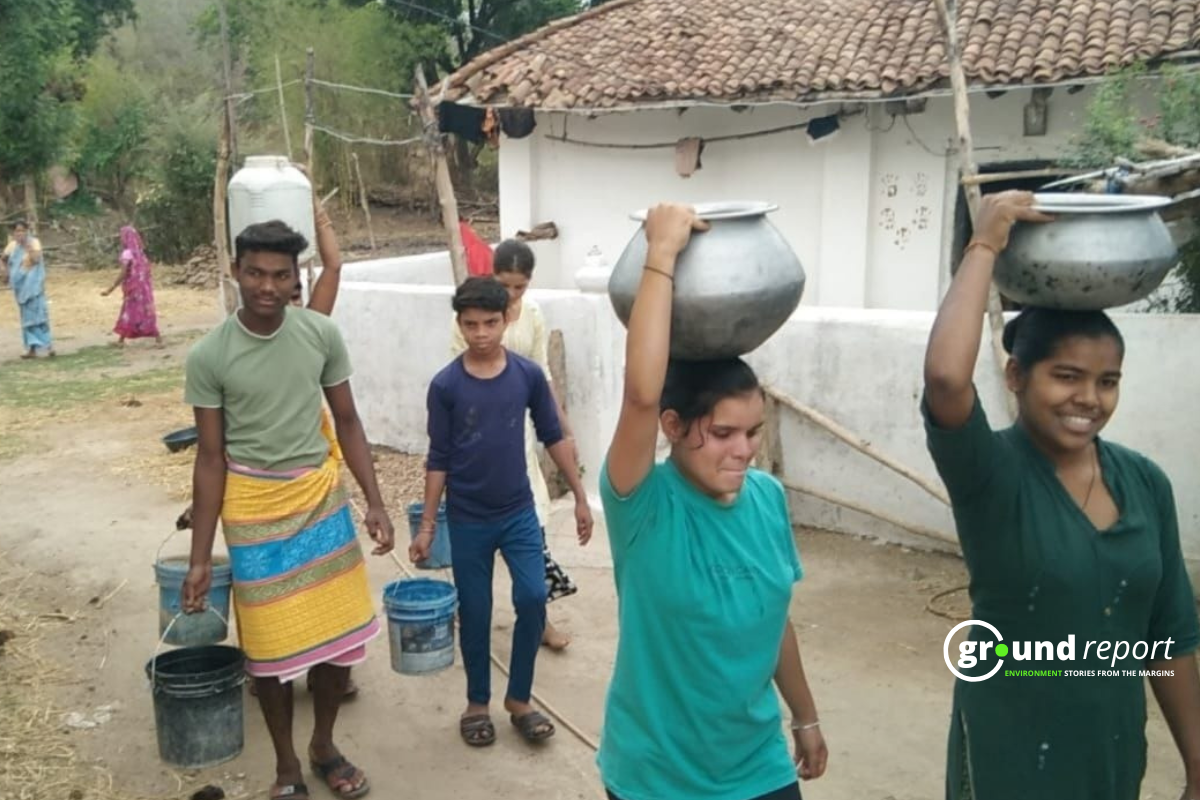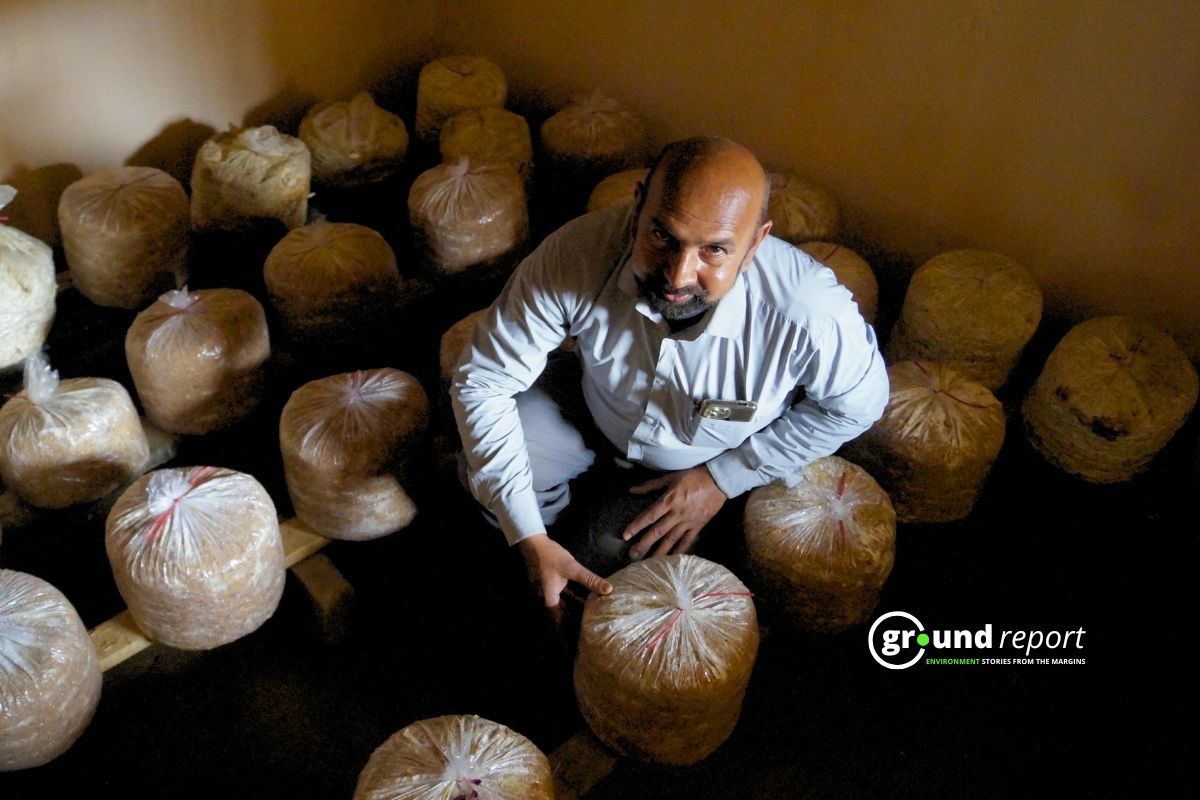Fourteen high school students were hospitalized on Tuesday after eating “super spicy” potato chips at a Tokyo high school. It happened during recess when over 30 students shared the chips, causing nausea and acute mouth pain.
Fuji TV reported that a male student brought “R 18+ Curry Chips” to school “for fun” after finding them extremely spicy. The chips, containing ghost pepper (Bhut Jolokia), are marketed with warnings that they are “so spicy they might cause pain” and banned for those under 18.
Emergency services transported 14 students to the hospital, one needing a wheelchair due to severe illness. All were conscious and had minor symptoms.
Isoyama Corp, the chip manufacturer, apologized for the incident and expressed wishes for the swift recovery of those affected. The company reiterated the product’s warnings and restrictions on their website.
Eating super spicy snacks for social media has led to hospitalizations. Last year, a Massachusetts teen died after doing the “One Chip Challenge,” which involved eating a ghost pepper chip.

Elon Musk commented on the incident on social media platform X, stating, “Damn, they must be next-level spicy!”
Damn, they must be next-level spicy!
— Elon Musk (@elonmusk) July 16, 2024
Ghost peppers, also known as Bhut Jolokia, are gaining popularity in the spicy food world, surpassing habaneros and Scotch bonnets. In 2007, Guinness World Records crowned Bhut Jolokia as the hottest chilli, introducing it as one of the first “superhots” to spicy food enthusiasts. A hefty amount of ghost pepper is used as an ingredient, the firm says on its website. The ghost pepper, or Bhut Jolokia, was the Guinness World record holder for the hottest pepper from 2007 to 2011.
Here’s all you need to know about these fiery peppers.
What are ghost peppers?
Bhut Jolokia, or ghost peppers, are small chiles that can be red or orange with bumpy or smooth skin. They measure about 2.5-3.5 inches in length and 1 inch in width, roughly the size of a thumb. Unlike jalapeños, ghost peppers have a thinner skin and contain capsaicin (the compound responsible for spiciness) in the vein and flesh, ensuring intense heat throughout.
How spicy are ghost peppers?
Ghost peppers are measured in Scoville Heat Units (SHUs). They have an average of about 1 million SHU, compared to a jalapeño with around 8,000 SHU or a habanero with up to 350,000 SHU. It was recognized as the world’s hottest chili pepper in 2007, but later surpassed by the Carolina Reaper (up to 2.2 million SHU) and other ultra spicy peppers.
Ghost peppers exceed 1,000,000 SHUs, a significant leap from the previous maximum of half a million SHUs. They were the world’s hottest pepper from 2007 until 2011, when surpassed by peppers like the Infinity chili and the current record holder, the Carolina Reaper, which can reach up to 2 million SHUs.
What do ghost peppers taste like?
Ghost peppers have a flavor profile that chili enthusiasts appreciate due to their intense heat and smoky taste, adding depth to dishes.
Where to Find Ghost Peppers
Originally from India, ghost peppers are grown in Assam, Nagaland, Manipur, and Arunachal Pradesh. Due to their popularity, they are now also cultivated worldwide for medical research, culinary use, and commercial sale. They are available in spice shops and some farmers’ markets.

Eating ghost peppers: How?
Caution! Ghost peppers are used in pepper sprays, grenades, curries, pickling brine, chutneys, Western hot sauces, tortilla chips, and candy. Raw ghost peppers are a staple in eating contests, but not for the faint-hearted.
Bhut Jolokia, or ghost peppers, aren’t just an ingredient; they’re an adventure for extreme spice lovers. They’re celebrated in competitions and challenges, like eating as many Bhut Jolokia chiles as possible in a minute or consuming spoonfuls of Bhut Jolokia chili powder without drinking milk.
Spicy snack foods have become a trend, often associated with social media “challenges,” and have landed people in hospitals worldwide and have been linked to the death of a Massachusetts teen last year.
Denmark recently recalled Korean ramen noodles due to high chili extract in the broth mix, which was more concentrated than in chili chips that caused poisonings in Germany.
Keep Reading
Follow Ground Report for Environmental News from India. Connect with us on Facebook, Twitter, Koo App, Instagram, Whatsapp and YouTube. Write us at GReport2018@gmail.com and subscribe to our free newsletter.
Don’t forget to check out our climate glossary, it helps in learning difficult environmental terms in simple language.









